Rick Rubin gives this advice about working in the studio with artists when making an album:
[Let’s say] We’ve recorded twenty-five songs. We think the album is going to have ten. Instead of picking our favorite ten, we limit it to: “What are the five or six we can’t live without?” [So you] go past the goal to get to the real heart of it, and then you say: “Ok here are the five or six we can't live without, now what would we add to that which makes it better and not worse?” It puts you in a different frame when you start with building and not removing.
I love this! So often in design, engineering, or product, you’re faced with this decision: how do we pare down what we have to something that feels like a cohesive whole?
The impulse is to ask, “Well what do we have to cut it down to?” Then, knowing the limit, you pick your favorites until you hit it.
But that impulse overlooks the fact that things don’t exist in isolation. They exist in relation to each other. So if you’re merely picking your favorites up to an arbitrary limit, you’ll be left with a whole whose individual pieces are great but don’t sum to anything greater.
This particular course of action creates a mindset where there is no more “creation” only “deletion”. You go from a mode of “creating” to a mode of “editing” but you never look back to creating.
Instead, Rick recommends this idea of a “ruthless edit” where you go beyond your initial limit, then shift back to “creating” mode.
If the limit is ten, you choose five. Then you switch from editing back to creating begin asking: how can we add back in a way that elevates the whole? This encourages you to not merely selecting things based on their individual merits. Rather, you select a core set of things that carry the thrust of what you’re trying to do and then you add complementary things around that core to bolster the very things you loved so much in the first place!
An Illustration
This can all sound a little theoretical with words alone. Let me try to illustrate with an example.
Let’s say you have roughly twenty five things.
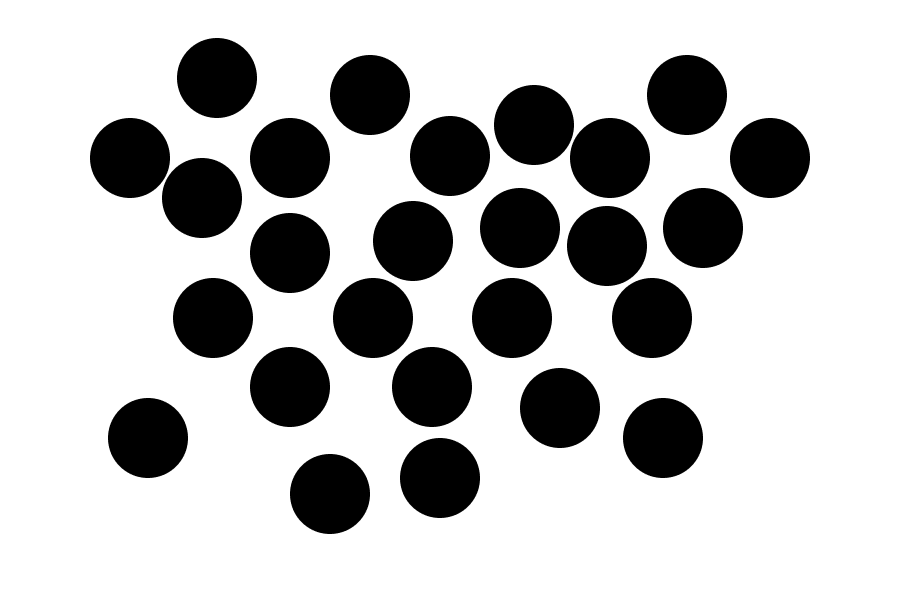
And you’re told the limit is ten, so you single out your ten favorites.
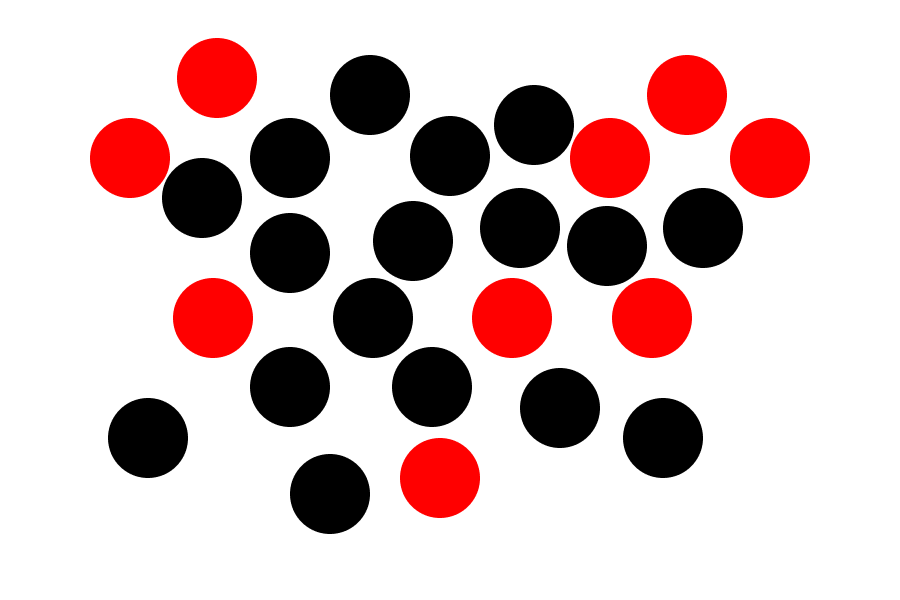
Then you cut away everything else, so you’re merely left with your favs. How well do they stand together as a whole?
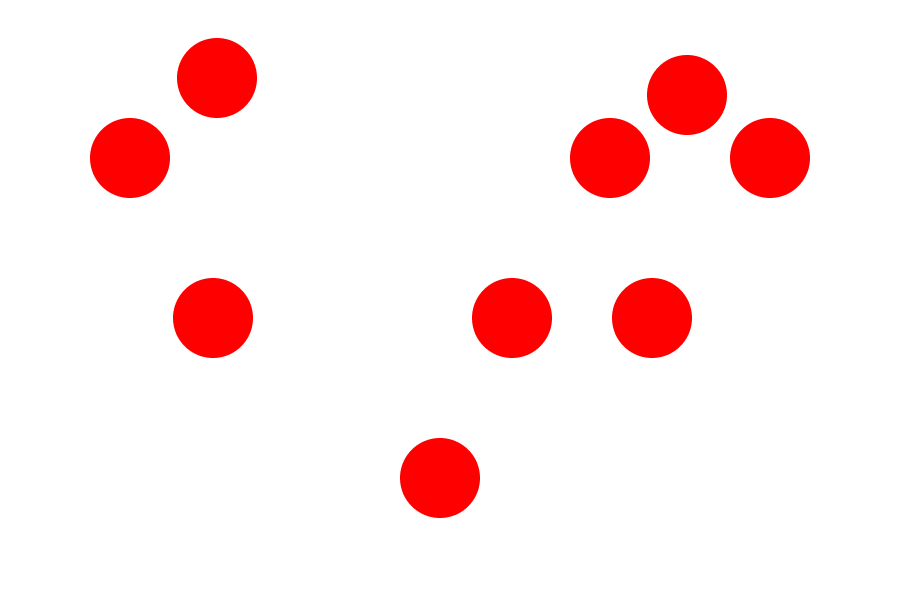
Contrast this with a scenario where you follow Rick’s advice.
You’re told the limit is ten, so you start with five of your absolute favorites — the ones you know you can’t live without.
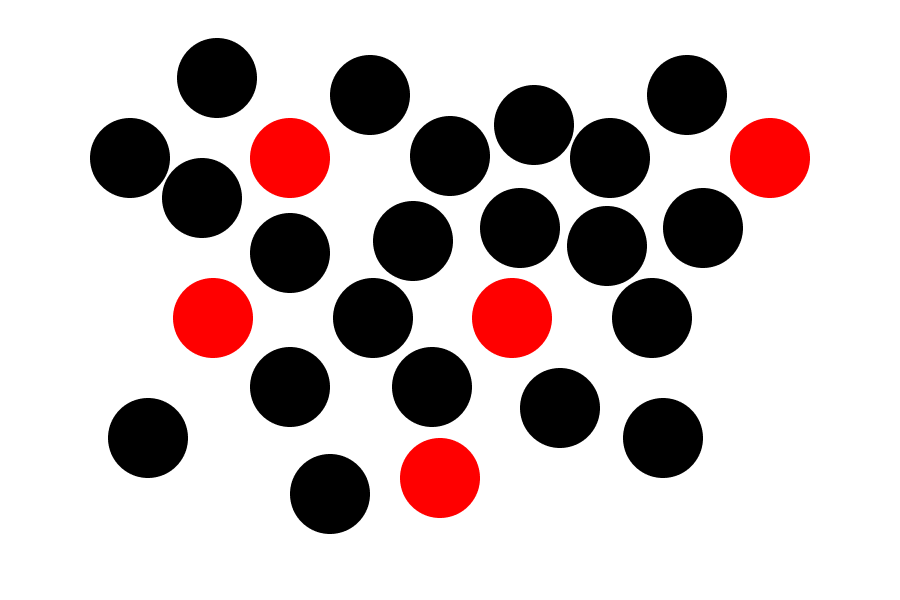
Now you can ask important questions about building back up to ten. How do these five relate to each other? How do they relate to the remaining options? How can I choose five more that build on these core five favorites and produce something whose sum is greater than the individual parts?
As you look at these relationships, a new, underlying pattern reveals itself which you hadn’t seen before. So you choose five more which support your initial core selection, making the overarching whole better and more cohesive.
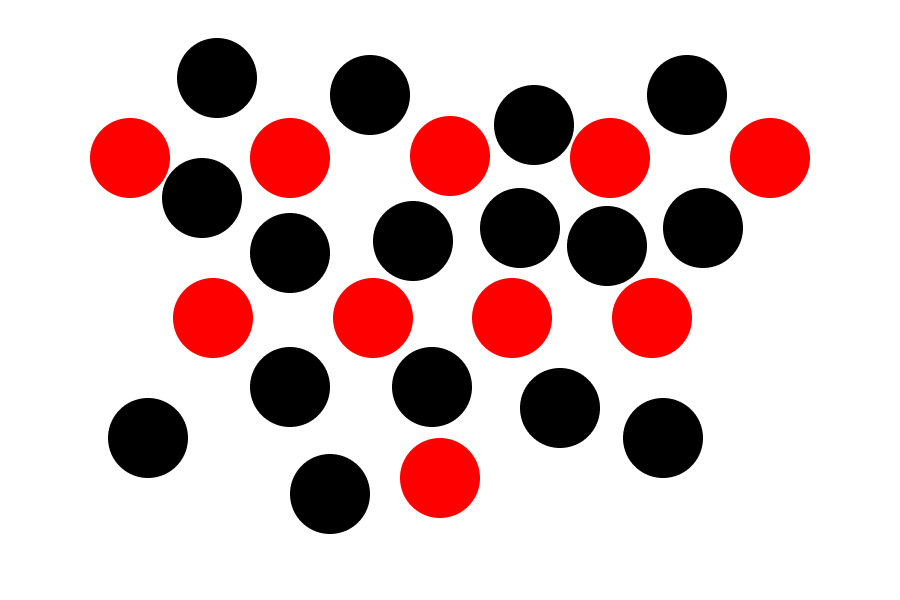
What you’re now left with, once you remove everything else, is something that reveals a unified, pleasing whole.
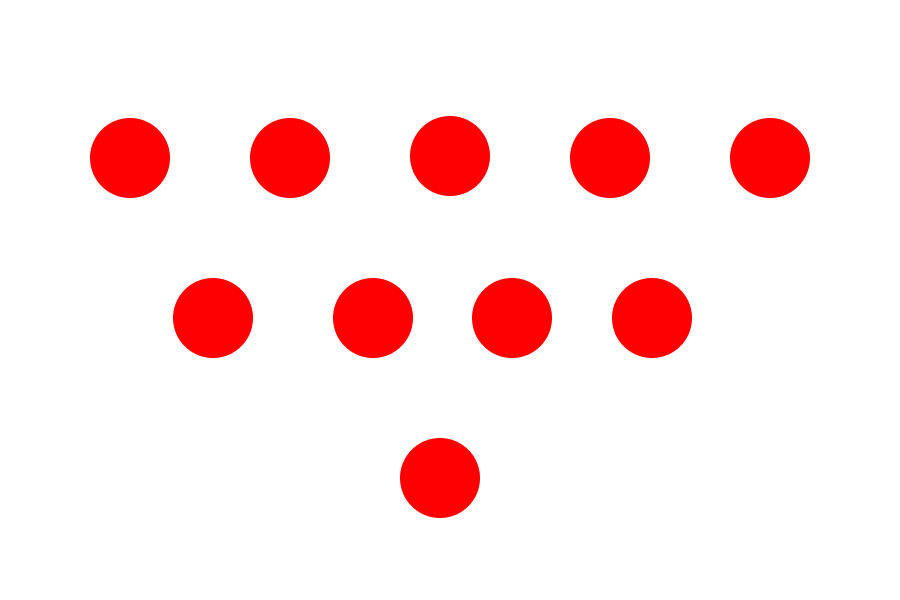
This all comes about by changing the process through which you make edits. Editing becomes a process where you ruthlessly select a core then switch back to “creating” mode and build something around that core to create something amazing!